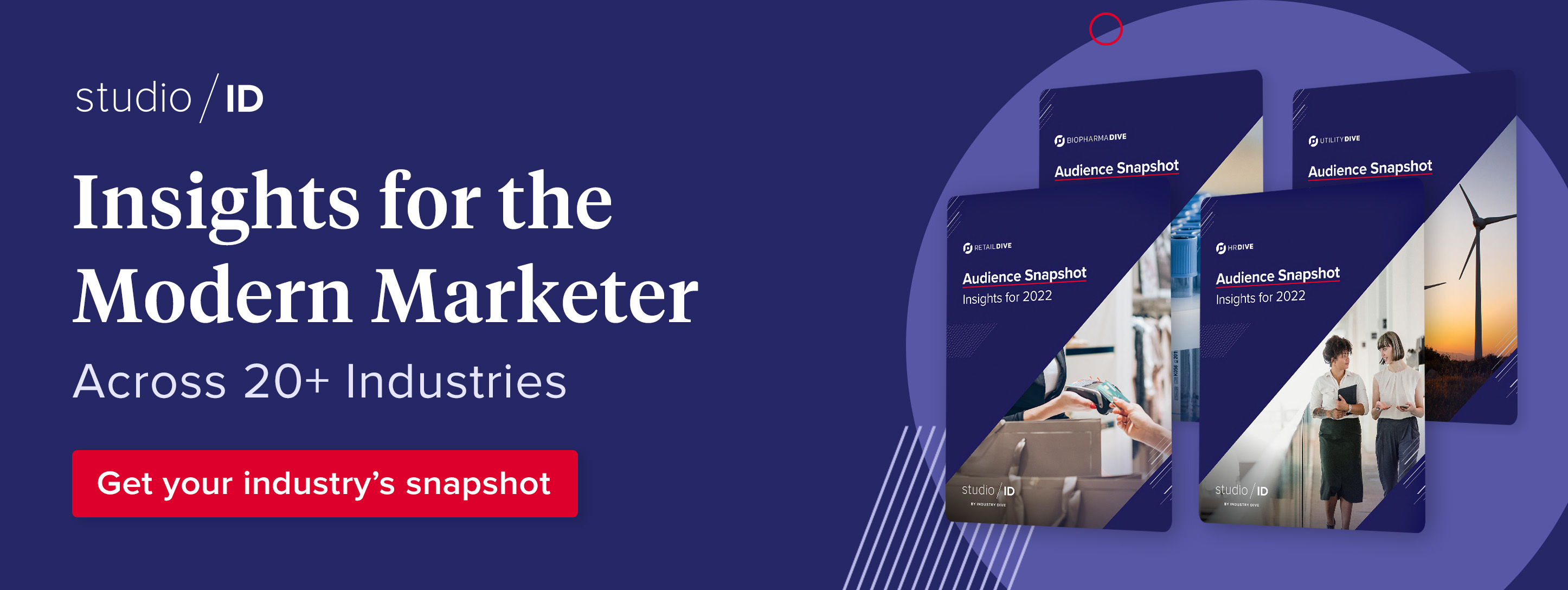[Editor’s Note: This article has been updated to reflect 2023 SEO best practices.]
Ranking for keywords is a competitive sport in 2023. The foundation of successful SEO is likely to always be two-fold: the creation of excellent content your audience wants to read and the use of relevant keywords. But the ways people find content and the algorithms search engines use to rank pages are constantly changing. To create and maintain a winning SEO strategy, you must stay up to date on the latest SEO tactics and trends to constantly improve your keyword game.
Here are 5 ways to use make better use of keywords in 2023 to improve your SEO rankings:
Related Resource: Get your audience snapshot to find out which keywords your industry engages with most.
Keyword Tip #1
Include conversational long-tail keywords to rank for voice searches. People use different search terms depending on if they’re typing into a search engine or asking a question to a voice assistant, such as Alexa or Google Home. As the sales of smart speakers is predicted to increase 40% in North America from 2020 to 2025, voice searches are expected to continue to rise.
Because voice assistants only return the top answer to a search, it’s even more important to aim for snippets if your topic is a question people often ask out loud. During your keyword research look for long-tail keywords that mimic conversational patterns with complete phrases. Often these keywords start with typical question words, such as Who, What, When, Why and How.
Because voice search typically returns a single answer, it’s even more important to aim for the featured snippet.
Backlinko found 40.7% of all voice search answers came from a Featured Snippet.
Optimize pages with short and concise answers to questions that may likely be asked from voice searches.
Keyword Tip #2
Use YouTube for video keyword search. In late 2021, YouTube rolled out a new feature that helps you identify keywords and new topics to help you determine what kind of video content to create. With Hubspot research finding that 86% of video marketers say video has been effective for generating leads, new video content should also be on your radar.
By using the Search Insights feature on the Analytics/Research tab, you can identify common search terms for your audience. Pay close attention to the Content Gaps Marker, which identifies areas with a high volume of searches — but few or no matching video content. You can then use these keywords to drive new video content creation both through YouTube and the webpage hosting the embedded video on your site.
Keyword Tip #3
Look for keyword clusters while researching keywords. When performing keyword research, you often discover multiple keywords that have similar search intent, meaning it’s likely that the people who are searching for each word are looking for the same content. With the improvements Google has made in its natural language processing technology in recent years, the algorithm can more accurately reads search intent.
By using keyword clusters on the same page, you can increase the traffic that’s drawn to a single page instead of spreading the traffic among multiple pages through increased page authority. Additionally, keyword clusters can increase ranking for both long-tail and short-tail keywords.
According to Search Engine Journal, keyword clustering can mean ranking for 10 to 20 times the amount of keywords, which can result in a significant traffic boost to your page.
Keyword Tip #4
Consider keywords in social media posts. Many people use search to find content on social media, especially on Twitter and Instagram. However, marketers often forget to harness the power of keywords in social media. By using keywords strategically in your posts, you can improve traffic to the page linked to in the post, which also increases page authority. When creating social media posts for a piece of content, be sure to use the primary keyword for the page in the social media posts as well.
Keyword Tip #5
Avoid keyword stuffing in titles. Google’s Title Update in August 2021 increased the number of titles that are rewritten by the engine. However, many marketers reported traffic dropping on pages where Google replaced the original page title with a new one. While Google penalizing keyword stuffing is not new, the new update targets pages with keyword stuffed titles.
When possible, include your primary keyword in the title when possible. However, do not use a heading on the page as your page title. Try also to keep your title tag to 60 characters or less. Otherwise, Google may assign a new title, so it is a unique phrase — and one that won’t do your traffic any favors. Additionally, pay attention to the title length. If a title is too long or short, Google will likely rewrite it. Google also recommends keeping your title descriptive and concise as well as including a <title> on each page.
Keywords and SEO are constantly evolving. Your keywords strategy must continually change based on those evolutions as well as the current trends. When you keep yourself informed and educated, your content can continue to rank as high as possible. But regardless of your strategy and approach, the cornerstone of SEO remains the same – creating interesting and insightful content for your target audience.
For a look at the keywords your audience engages with most, get your industry’s snapshot:
![]()



